In the age of convenience, milk delivery apps have revolutionized the dairy industry by making fresh milk and dairy products easily accessible to consumers. Businesses aiming to cater to this growing demand can benefit immensely from investing in milk delivery app development. Below is a detailed guide on how to create a feature-rich milk delivery app that meets modern consumer needs.
What is a Milk Delivery App?
A milk delivery app is a mobile platform that allows customers to order milk and other dairy products online. These apps simplify the ordering process by offering features like subscription plans, real-time tracking, and secure payment options, thereby ensuring convenience for users and operational efficiency for businesses.
Key Features of a Milk Delivery App
To develop a successful milk delivery app, it’s essential to include features that enhance the user experience and streamline the delivery process. Here are the must-have features:
1. User Registration and Profile Management
- Easy sign-up via email, phone number, or social media.
- Profile management to store delivery preferences and subscription details.
2. Product Catalog
- A comprehensive catalog displaying various dairy products, including milk, yogurt, cheese, and more.
- Filters and search functionality for easy product discovery.
3. Subscription Plans
- Flexible subscription models for daily, weekly, or monthly deliveries.
- Options to modify or pause subscriptions as per user convenience.
4. Real-Time Order Tracking
- GPS-enabled tracking for users to monitor their delivery status.
- Notifications for order updates and delivery time.
5. Multiple Payment Options
- Integration with secure payment gateways for credit/debit cards, UPI, e-wallets, and cash on delivery.
- Support for recurring payments for subscription plans.
6. Delivery Scheduling
- Customizable delivery schedules to match customer preferences.
- Options for same-day or next-day delivery.
7. Ratings and Reviews
- A platform for customers to provide feedback on products and services.
- Transparent ratings to ensure quality assurance.
8. Admin Panel
- A robust admin dashboard to manage inventory, orders, and deliveries.
- Real-time analytics for business insights and decision-making.
Steps to Develop a Milk Delivery App
1. Research and Planning
Understand your target audience and their preferences. Analyze the competition to identify unique selling points (USPs) that can set your app apart.
2. Choose the Right Technology Stack
Select the appropriate tools and technologies for app development. Popular choices include:
- Frontend: SwiftUi
- Backend: Swift
- Database: Firebase, MongoDB
- Payment Integration: Stripe, Razorpay, PayPal
3. Design the User Interface
Create an intuitive and user-friendly interface that ensures a seamless navigation experience. Use visually appealing elements to enhance user engagement.
4. Develop the Core Features
Start by building the app’s core features, including the user panel, admin dashboard, and delivery management system. Ensure the app is scalable and secure.
5. Test Thoroughly
Conduct rigorous testing to identify and resolve any bugs or performance issues. Test on multiple devices to ensure compatibility and a smooth user experience.
6. Launch and Market the App
Submit your app to the Google Play Store and Apple App Store. Implement a robust marketing strategy to promote your app and attract users.
Benefits of a Milk Delivery App for Businesses
1. Increased Efficiency
- Automates order management and delivery scheduling.
- Reduces manual errors, saving time and resources.
2. Enhanced Customer Convenience
- Provides a hassle-free platform for ordering and subscription management.
- Increases customer satisfaction and loyalty.
3. Real-Time Analytics
- Offers insights into customer behavior and preferences.
- Helps in optimizing inventory and improving service quality.
4. Broader Market Reach
- Expands your customer base by catering to tech-savvy users.
- Opens opportunities for growth in urban and semi-urban areas.
Future Trends in Milk Delivery App Development
1. AI-Powered Personalization
- Use artificial intelligence to recommend products and subscription plans based on user preferences.
2. Integration with IoT
- Smart milk dispensers and IoT-enabled tracking devices to enhance operational efficiency.
3. Sustainable Delivery Solutions
- Eco-friendly packaging and electric delivery vehicles to promote sustainability.
4. Blockchain for Transparency
- Blockchain technology to ensure traceability and authenticity of dairy products.
Conclusion
Investing in milk delivery app development is a strategic move for dairy businesses aiming to stay competitive in today’s market. By incorporating the right features and leveraging advanced technologies, you can create a user-centric app that drives customer satisfaction and business growth.

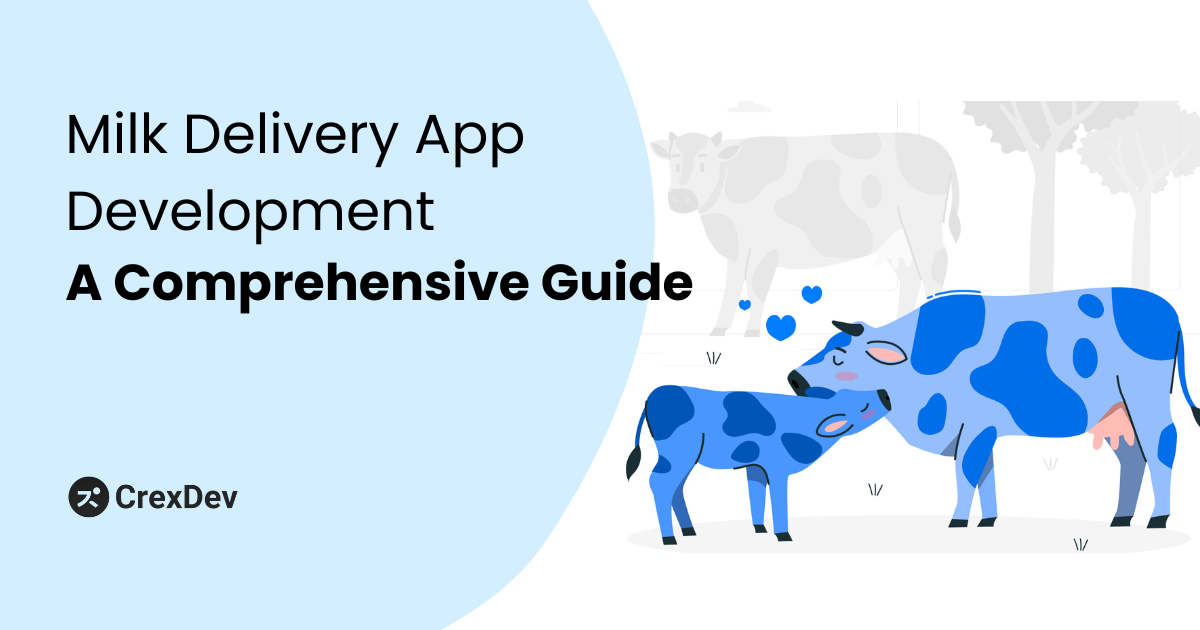


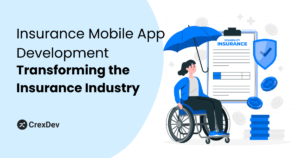


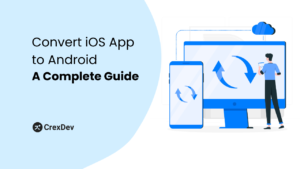
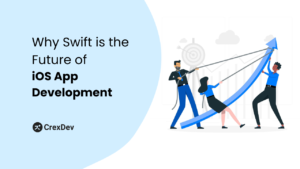
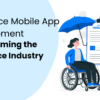
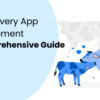

Add comment